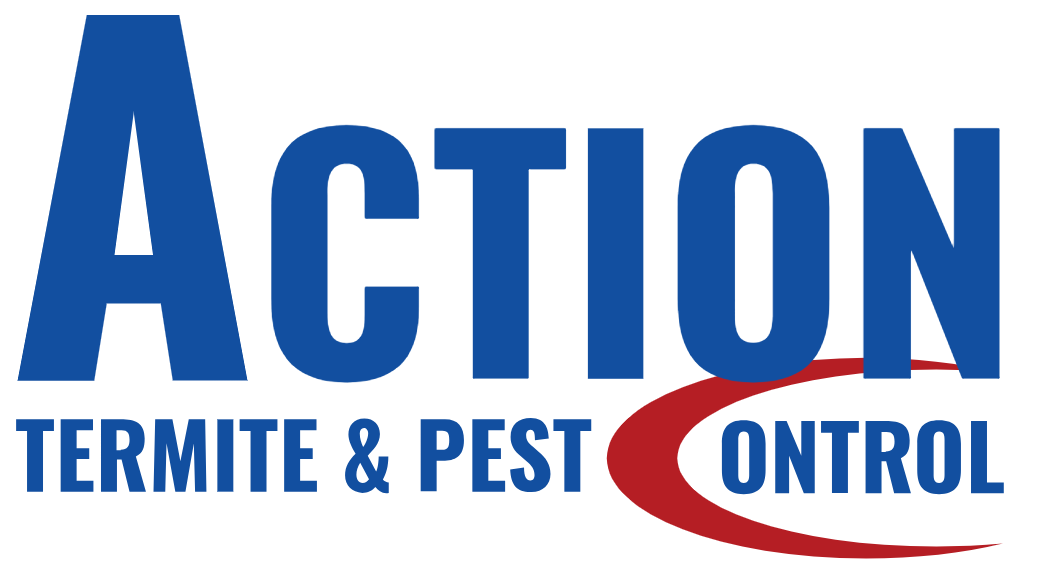Did you know a single female bed bug can lay up to 500 eggs in her lifetime? This fast reproduction makes it key to spot them early and treat them fully. If you’ve ever wondered, what to do if you see bed bugs, you’re not alone. Bed bugs are tough and can live in many places, making them a big worry for many homes in the U.S.
These small, reddish-brown bugs are good at hiding in tiny spots in your home, especially in bedrooms. While bed bugs don’t spread diseases, their bites can cause allergic reactions and a lot of emotional stress. Since they can live for months without eating, it’s important to act fast to get rid of them.
Key Takeaways
- A single female bed bug can lay up to 500 eggs in her lifetime.
- Immediate detection and a mix of treatments are key for control.
- Non-chemical methods like vacuuming and hot washing can fight bed bugs.
- Professional pest control might use heat treatments, raising room temps to 135-145°F to kill bed bugs.
- Regular checks and being proactive can stop bed bugs from coming back.
Identifying Bed Bugs and Initial Steps
Spotting bed bugs is key to controlling them. Adult bed bugs are about the size of a flaxseed or small apple seed, measuring around 4–7 mm. Their flat, oval-shaped bodies swell and turn reddish after feeding. Baby bed bugs, or nymphs, range from 1 mm in size and are pale white to light brown.
Signs of an infestation include rusty blood spots on bedding from crushed insects and dark fecal spots. These spots turn red when moistened. Bed bug detection and control involve thorough inspection, mainly in areas where people sleep, like the bedroom. However, as populations grow, they can spread to furniture, electronics, and various household items, including drawers, walls, and light switches.
Effective tips for dealing with bed bugs start with reducing clutter to limit hiding spots. Carefully inspect personal items, especially after traveling, and wash and dry clothing at high temperatures. Encase mattresses and pillows to prevent bed bugs from hiding within them. Preventative measures also include inspecting second-hand furniture and maintaining cleanliness, as these practices minimize infestation risks.
Awareness and a swift response are critical to controlling the spread of bed bugs. Remember, female bed bugs can lay up to 100 eggs in their lifespan, with eggs hatching as nymphs between six to ten days. Given their rapid movement—around 7.6 feet per minute—prompt action is essential.
- Red spots indicate crushed bugs
- Dark fecal spots may run red when wet
- Reduce clutter to limit hiding spots
- Inspect personal items after travel
- Wash and dry clothes at high temperatures
- Use encasements for mattresses and pillows
- Inspect second-hand furniture thoroughly
Proper bed bug identification is essential before treatment due to the time-consuming and expensive nature of eradication. Initial steps include a thorough inspection to confirm the presence of bed bugs, followed by a strategic approach to manage and control the infestation effectively.
Steps to Take When Finding Bed Bugs
Discovering bed bugs can be scary, but acting fast is key. Here are the important steps to follow if you find bed bugs at home.
- Immediate Containment: When you spot bed bugs, act quickly. Vacuum every spot where bed bugs might hide, like floors, furniture, and bed seams. This helps get rid of bugs and their eggs.
- Launder Infested Items: Wash bedding, curtains, and clothes in hot water. Dry them on high heat for at least 30 minutes. This method kills bed bugs at all stages.
- Seal Cracks and Crevices: Sealing up cracks and crevices stops bed bugs from spreading. Use caulk to block gaps around baseboards, frames, and moldings.
- Chemical Treatments: Chemicals should be a last choice. Make sure they’re EPA-approved for bed bug treatment. It’s often best to get help from a professional exterminator for this step.
- Cooperate in Multi-Unit Buildings: In places like apartments and hotels, working together is key. Bed bugs can move between rooms. Everyone’s help is needed for effective control.
- Integrated Pest Management (IPM): IPM uses both chemicals and non-chemical methods to fight bed bugs. It takes time and effort to get rid of them completely.
- Professional Extermination: If bed bugs are really bad or other methods don’t work, call a professional exterminator. They have the skills and tools to handle big infestations.
Knowing how to act when you find bed bugs and taking action fast can really help. The most important thing is to catch them early and treat them thoroughly.
Conclusion
Dealing with bed bugs requires a mix of mechanical and chemical methods. It’s important to act fast to stop these pests from spreading. Learning about bed bugs, how to spot them, and how to prevent them is key.
When you find bed bugs, start by washing fabrics in hot water and using high heat in dryers. Clean your living space thoroughly. Use chemicals like pyrethrins and boric acid to fight them. Sometimes, you need professional help to get rid of bed bugs completely.
After treating bed bugs, keep watching for them and stay clean. This includes checking secondhand items carefully. Bed bug infestations can really stress you out, so take care of your mental health too. By following these steps, you can keep your home free from bed bugs.

 BED BUGS
BED BUGS SCORPIONS
SCORPIONS RODENTS
RODENTS BEES
BEES MOSQUITOS
MOSQUITOS TAP INSULATION
TAP INSULATION PEST PROTECTION PLAN
PEST PROTECTION PLAN WEEDS
WEEDS


